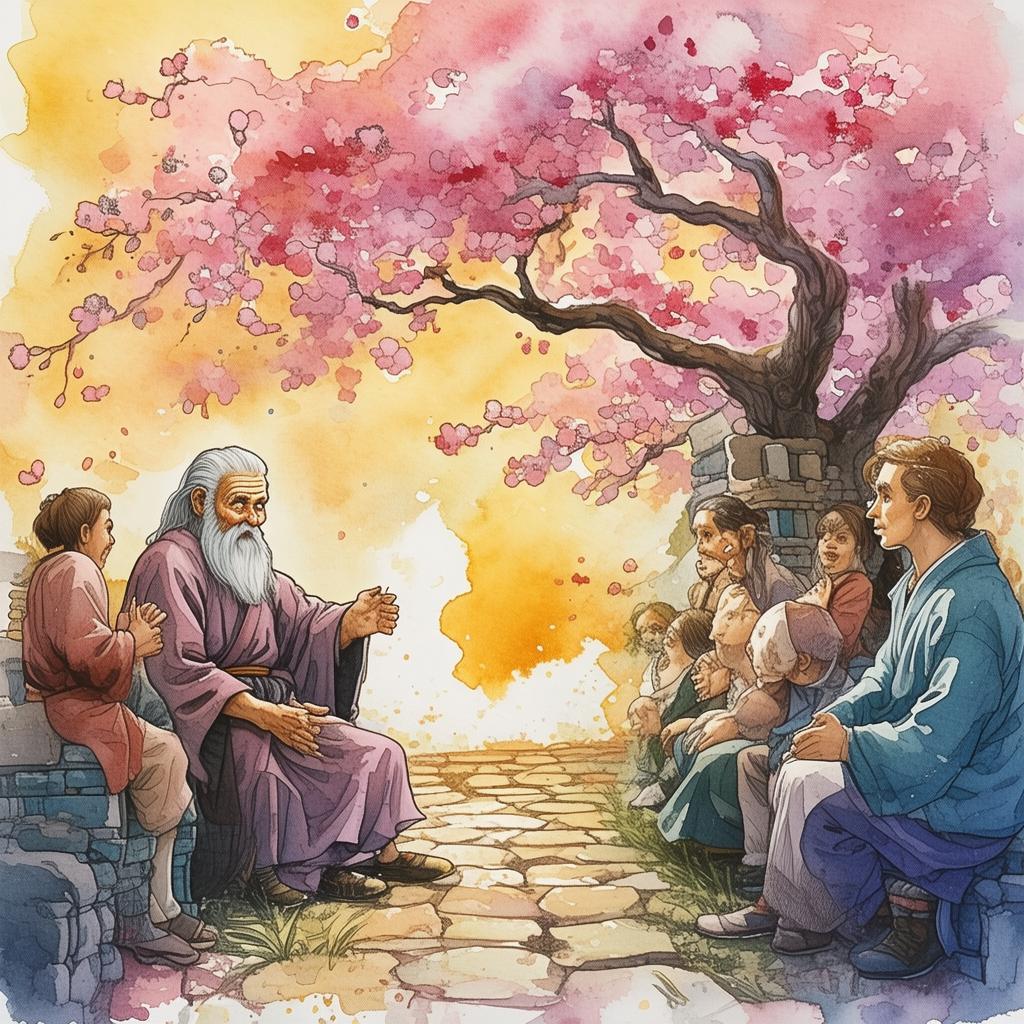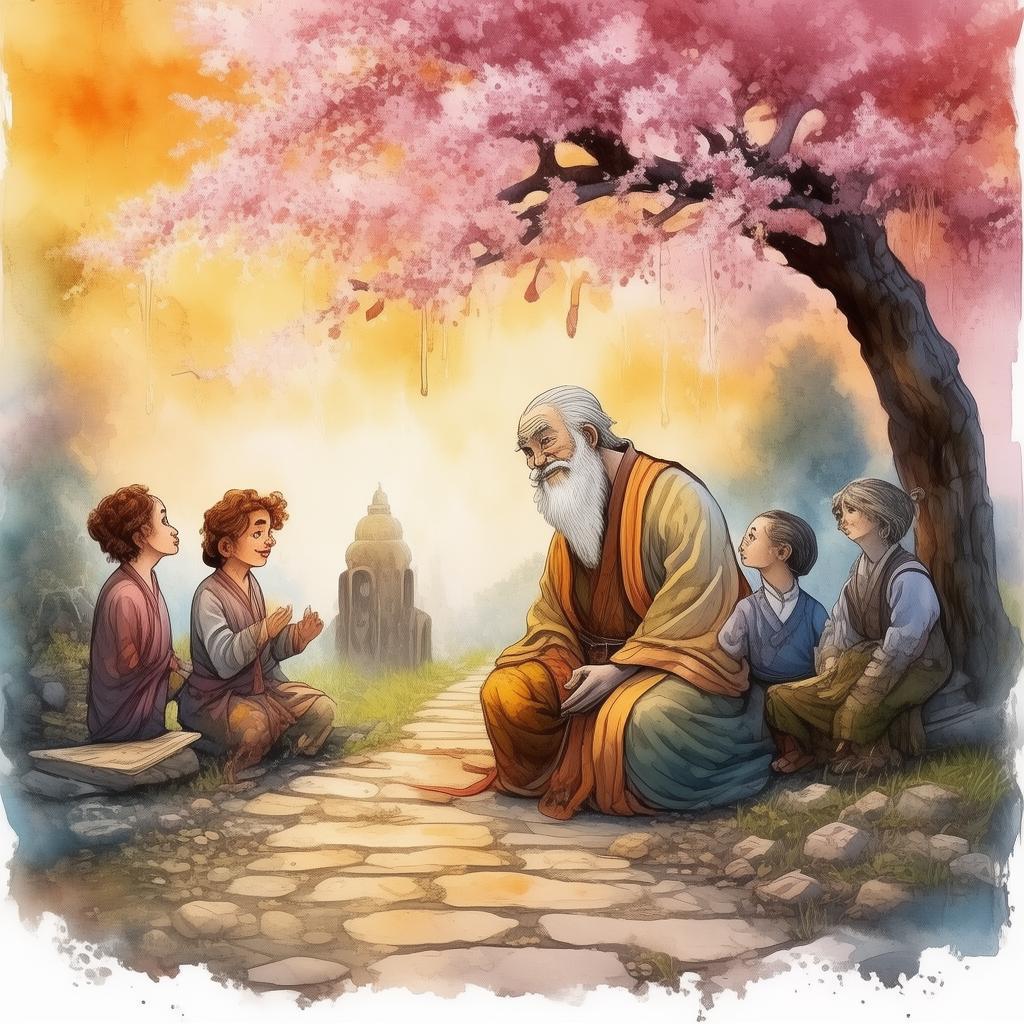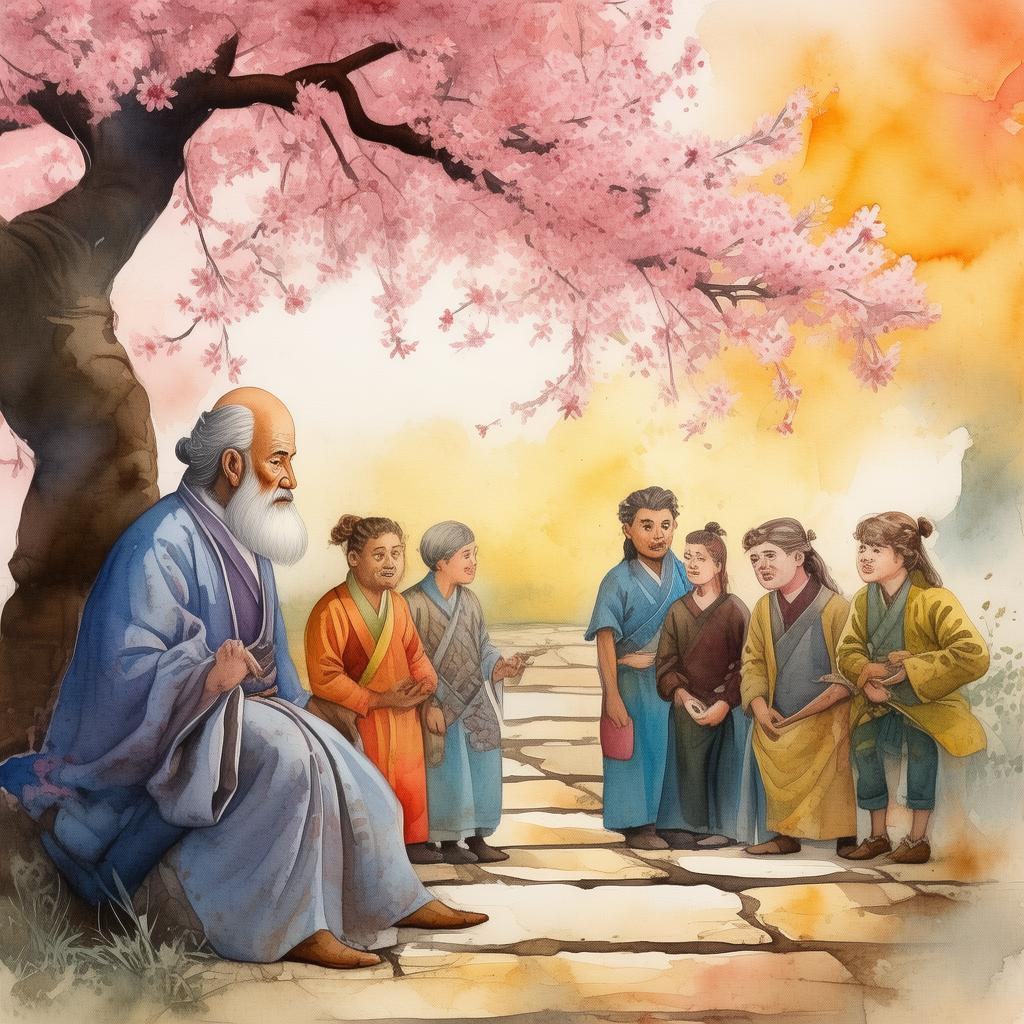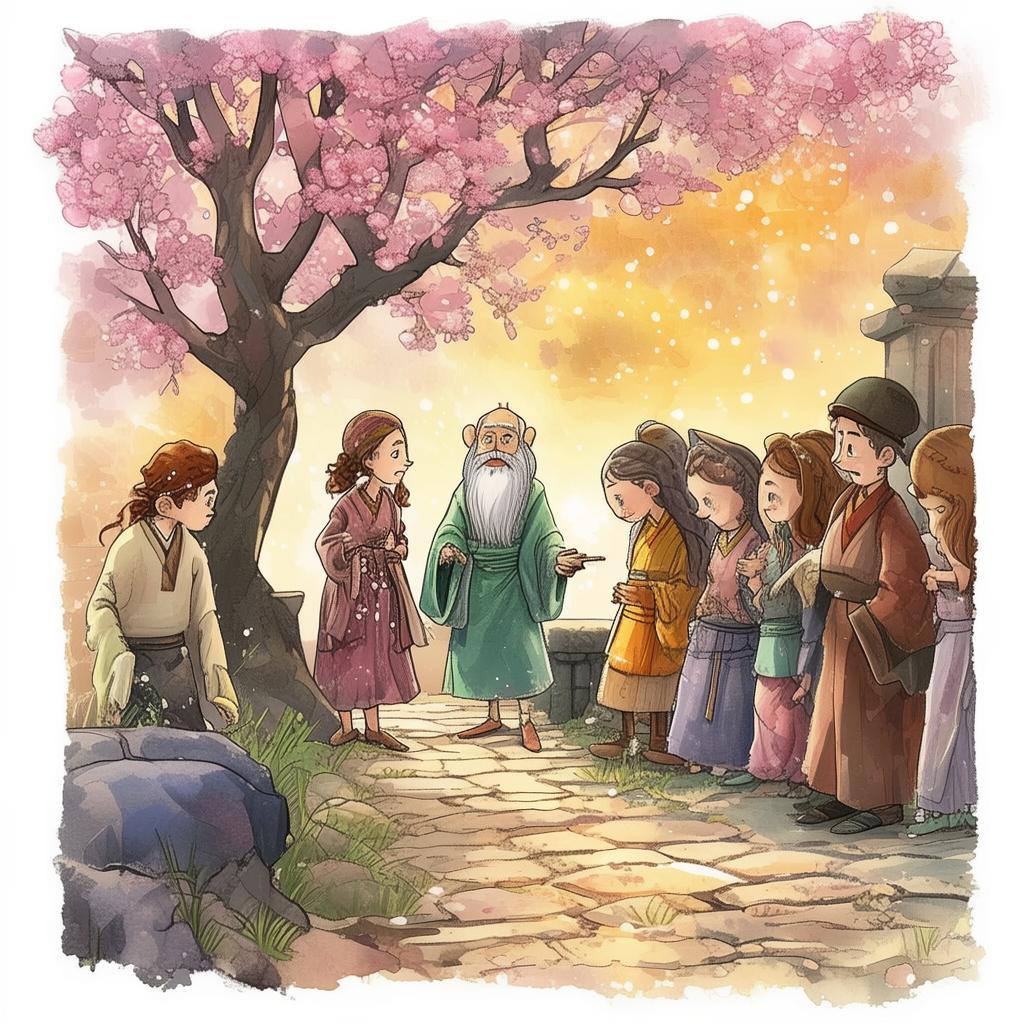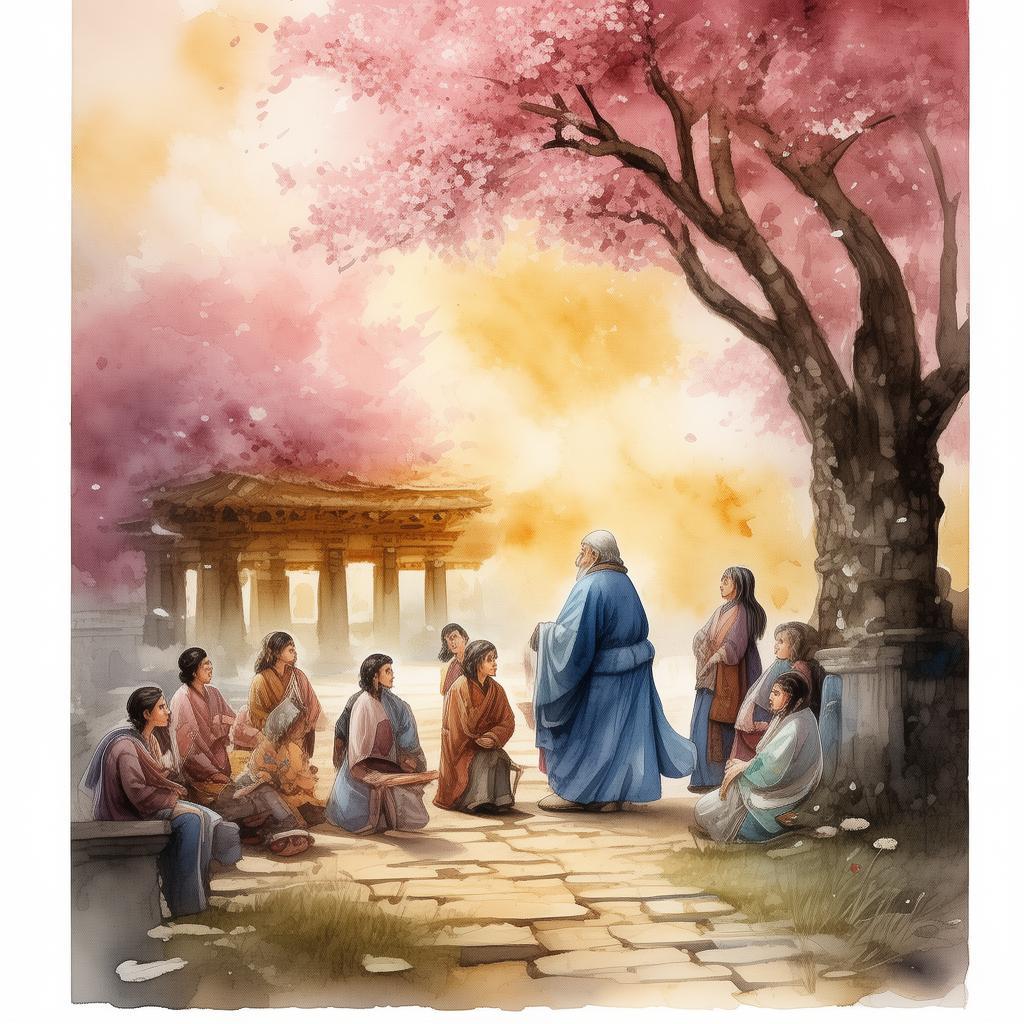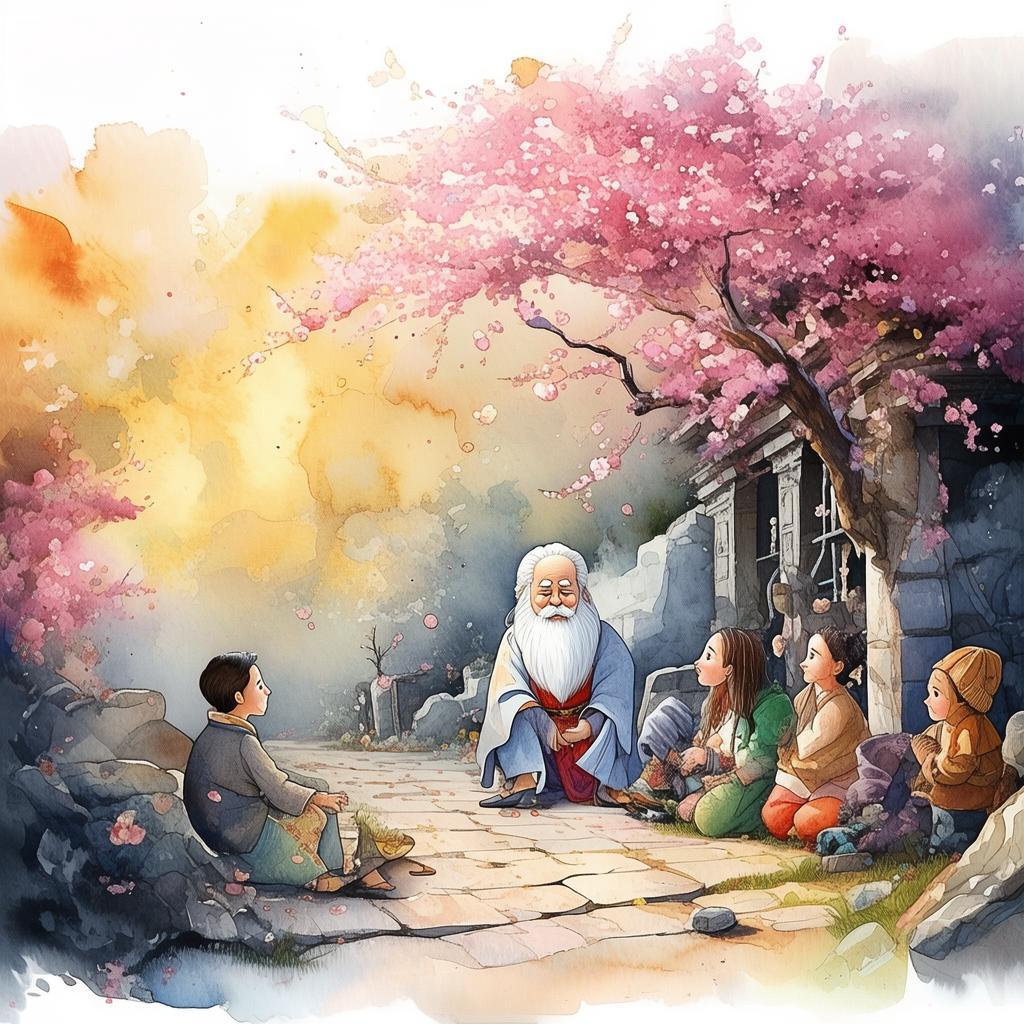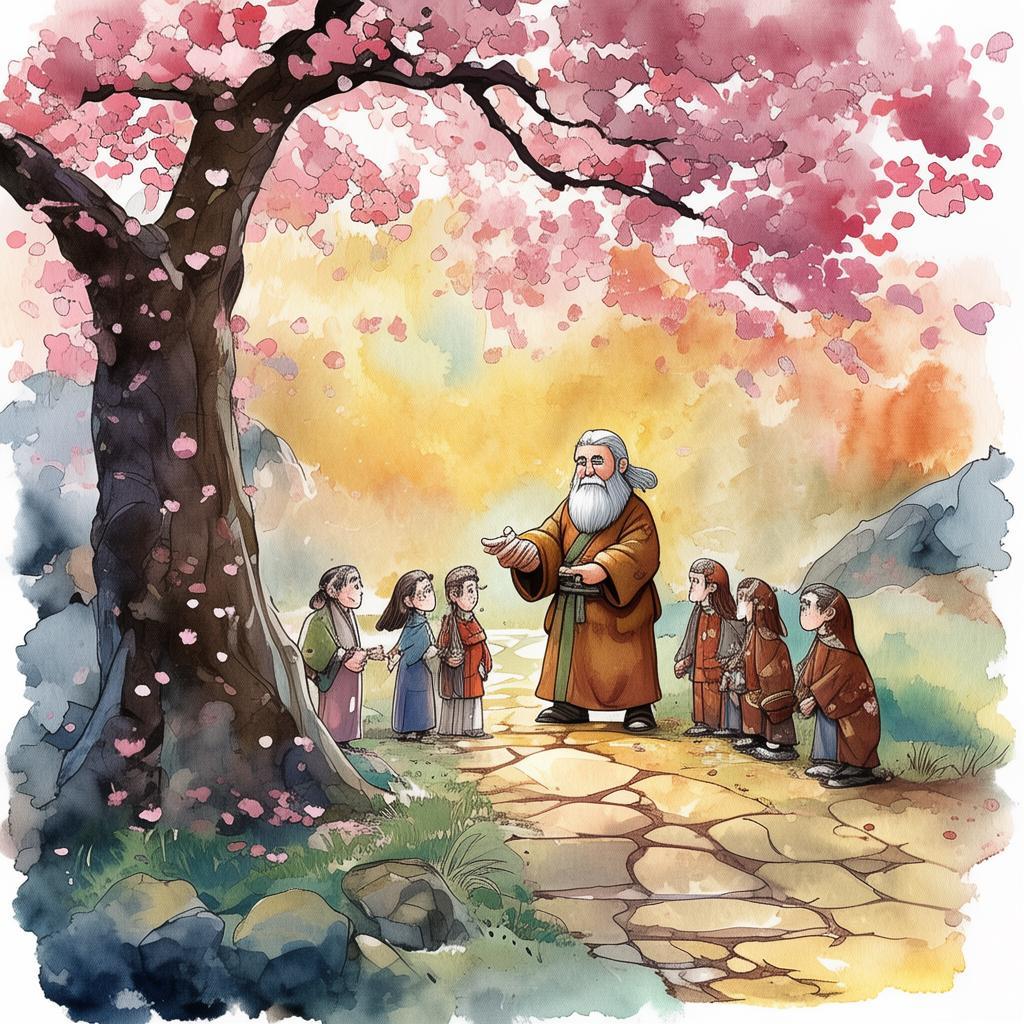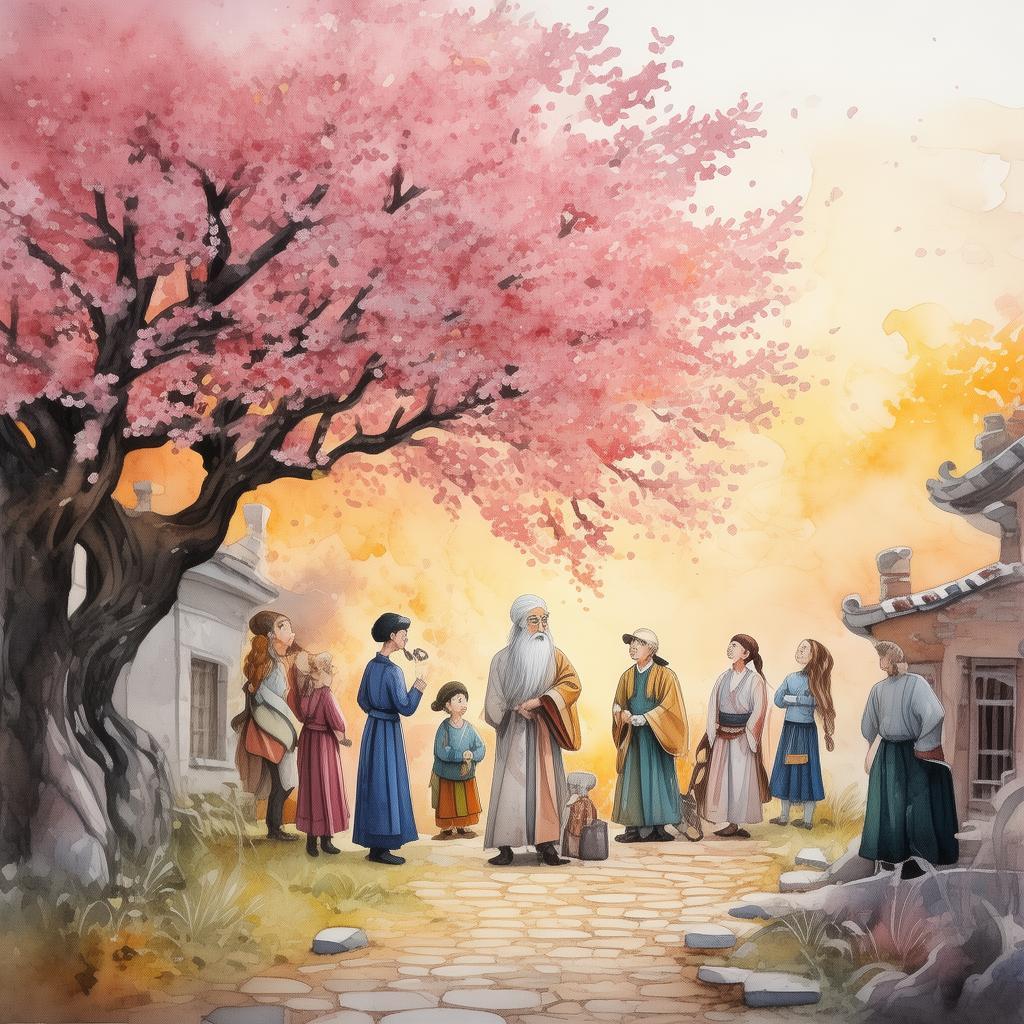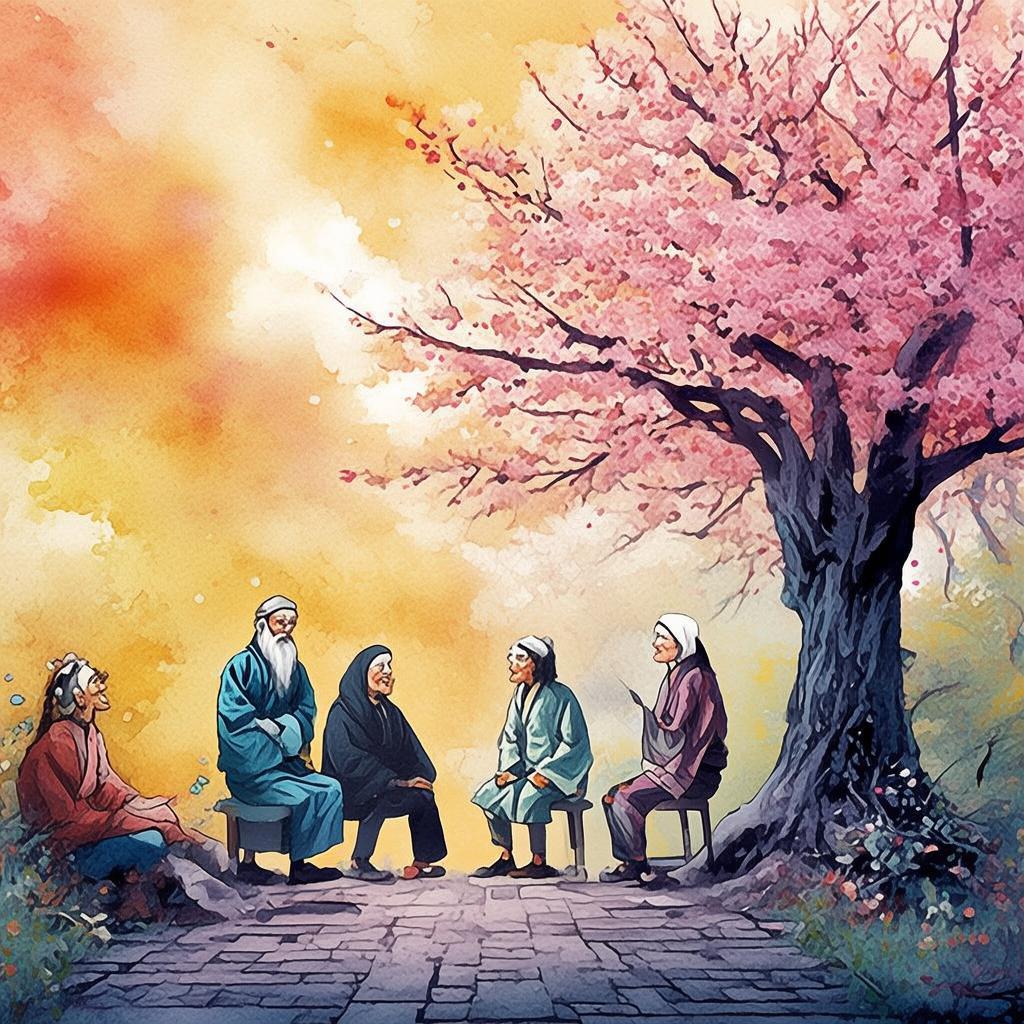One Heart, Many Rooms: The Forbidden City's Unification Tale
In the heart of ancient China, where the emperors ruled with an iron fist, the Forbidden City stood as a testament to power and opulence. Yet, behind the towering walls and intricate designs, there was a story of unity, a tale that had been passed down through generations, whispered by the very artisans who toiled to maintain the palace's majesty.
The Forbidden City was not just a collection of buildings; it was a living, breathing entity, a home to countless souls. Each room, each corridor, each courtyard held a piece of the emperors' lives, their triumphs, and their failures. But it was the artisans, the workers, the common folk who truly lived the story of the Forbidden City.
Once upon a time, there was an emperor named Qing, known for his wisdom and his love for art. He understood that the true beauty of the Forbidden City lay not just in its grandeur but in the diversity of its inhabitants. Qing believed in the power of unity, and he sought to bring together the different factions within the palace under one roof.
The story begins with a young artisan named Li, whose family had been crafting intricate carvings for generations. Li's father had been a favored artisan under the previous emperor, and he had taught Li all the secrets of their craft. However, when Qing ascended the throne, he brought in a new group of artisans from far and wide, each with their own unique skills and traditions.
The arrival of these new artisans was met with resistance. The old artisans felt threatened by the newcomers, who seemed to have an easier time pleasing the emperor with their fresh ideas and bold designs. Tensions rose, and whispers of discord filled the air. Li, being a young and ambitious artisan, found himself caught in the middle of this conflict.
One day, as Li was working on a grand project, he met a young woman named Mei, who had been brought to the Forbidden City to teach her people's traditional embroidery techniques. Mei was also an artisan, and she too felt the weight of the new arrivals' influence on her craft.

Li and Mei became friends, and they shared their dreams of creating something that would unite the artisans, something that would bridge the gap between the old and the new. They decided to create a tapestry that would tell the story of the Forbidden City's unification, a story that would celebrate the diversity of its inhabitants and the power of unity.
As they worked together, Li and Mei encountered numerous obstacles. The old artisans were skeptical of their project, and the newcomers were too proud to acknowledge the value of the traditional techniques. Yet, Li and Mei pressed on, determined to prove that unity could be achieved through shared effort and mutual respect.
Their tapestry became a symbol of hope and unity. It depicted scenes of the artisans working together, sharing their skills, and learning from each other. The tapestry was a testament to the fact that, despite their differences, they all had a common goal: to preserve and enhance the beauty of the Forbidden City.
The story reached the ears of Emperor Qing, who was impressed by the tapestry and the spirit of the artisans. He invited Li and Mei to his court, where they presented their work. The emperor was so moved by the tapestry that he ordered it to be displayed in the main hall of the Forbidden City, where it would be seen by all who entered.
The tapestry's display was a turning point. The artisans began to see each other as colleagues rather than competitors. They started to share their techniques and learn from one another, creating a new era of artistic collaboration. The Forbidden City became a place where diversity was celebrated, and the spirit of unity thrived.
Li and Mei's tapestry, "One Heart, Many Rooms," became a symbol of the Forbidden City's unification. It stood as a reminder that, in the pursuit of harmony, every voice matters, every tradition is valuable, and that unity is not just a goal but a journey, one that requires patience, understanding, and a shared vision.
The story of Li and Mei, the artisans of the Forbidden City, became a legend, a tale of how unity can be achieved through collaboration and mutual respect. It was a story that would be told for generations, a story that would inspire all who heard it to embrace diversity and strive for harmony in their own lives.
And so, the Forbidden City continued to be a place of unity, a place where the emperors and their people lived in harmony, where the artisans' hearts were as one, even though their rooms were many.
✨ Original Statement ✨
All articles published on this website (including but not limited to text, images, videos, and other content) are original or authorized for reposting and are protected by relevant laws. Without the explicit written permission of this website, no individual or organization may copy, modify, repost, or use the content for commercial purposes.
If you need to quote or cooperate, please contact this site for authorization. We reserve the right to pursue legal responsibility for any unauthorized use.
Hereby declared.
